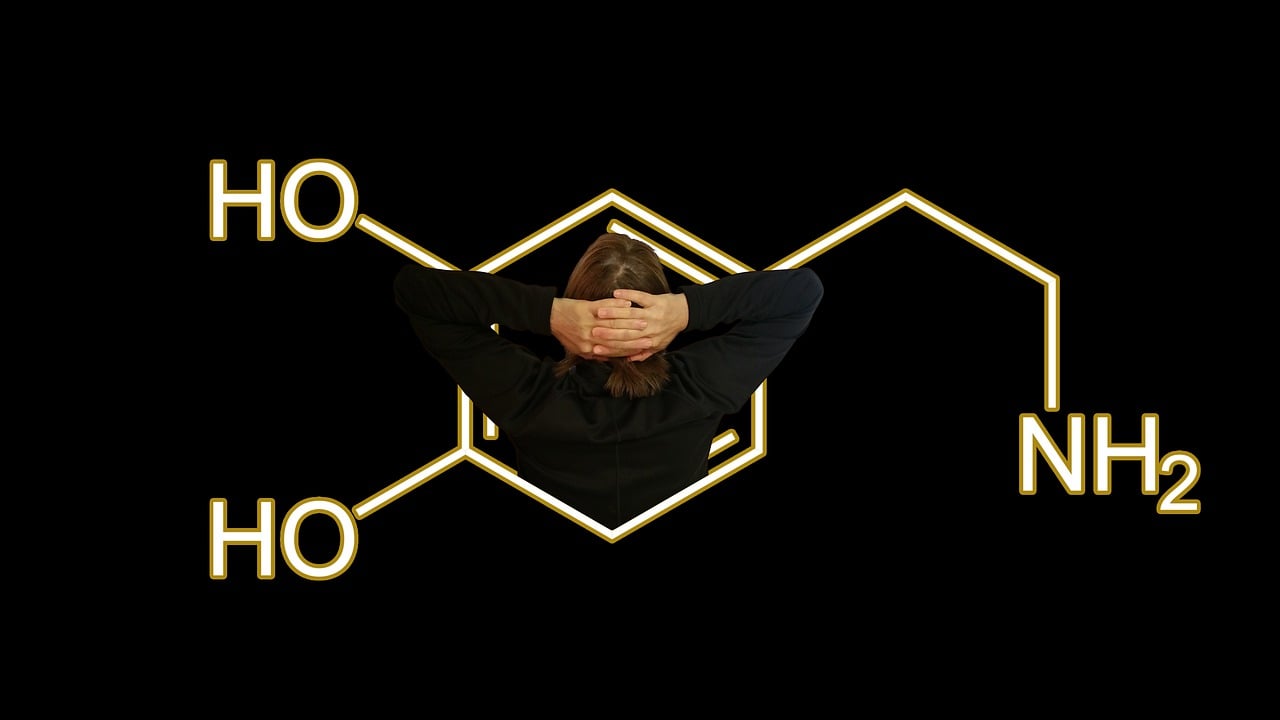Anabolic steroids have long been associated with the world of athletics and bodybuilding, often used to enhance physical performance and muscle development. However, over the years, these compounds have undergone a significant transformation in their perception and application, finding their way into the realm of healthcare. This article explores the historical journey of anabolic steroids, from their use in sports to their evolving role in treating various medical conditions.
Historical Use of Anabolic Steroids:
Anabolic steroids, synthetic derivatives of testosterone, first gained prominence in the mid-20th century. Initially, they were celebrated for their ability to enhance athletic performance and bodybuilding efforts. Athletes sought to gain a competitive edge, leading to both remarkable successes and glaring controversies. The impact of anabolic steroids in sports led to their classification as controlled substances due to their potential for misuse and harm.
Anabolic Steroids’ Transition to Healthcare:
In recent decades, anabolic steroids have expanded their horizon beyond performance enhancement, finding crucial roles in medical scenarios. These compounds, known for their muscle-building properties, have shown promise in treating muscle-wasting diseases, hormone deficiencies, and bone density issues.
Muscle-Wasting Diseases and Anabolic Steroids:
Anabolic steroids have demonstrated a significant impact on combating muscle-wasting diseases. By stimulating protein synthesis and inhibiting protein breakdown, these compounds can help preserve and even promote muscle growth. Conditions like HIV/AIDS-related muscle wasting and cancer cachexia have benefited from the use of anabolic steroids, improving patients’ overall quality of life. However, the potential risks and side effects, including cardiovascular complications and hormonal imbalances, must be carefully managed.
Hormone Replacement Therapy (HRT) and Anabolic Steroids:
Hormone deficiencies, such as hypogonadism, can lead to a range of health issues. Anabolic steroids have been integrated into hormone replacement therapy (HRT) to address these deficiencies, particularly in cases where testosterone levels are below optimal levels. By restoring hormone balance, anabolic steroids can alleviate symptoms and improve patients’ well-being. Balancing the benefits of HRT with the potential risks, including mood swings and cardiovascular effects, is a critical consideration in clinical practice.
Osteoporosis and Anabolic Steroids:
Osteoporosis, characterized by reduced bone density and increased fracture risk, is a major concern in aging populations. Anabolic steroids have shown promise in enhancing bone density and strength, making them potential candidates for osteoporosis treatment. However, the use of anabolic steroids for this purpose is not without challenges, as concerns about potential adverse effects on the cardiovascular system and liver function must be carefully monitored and managed.
Ethical and Legal Considerations:
The shift from performance enhancement to medical use of anabolic steroids raises ethical and legal questions. Distinguishing between responsible medical use and abuse is crucial. Regulatory frameworks and guidelines surrounding the prescription of anabolic steroids vary by jurisdiction, emphasizing the importance of medical professionals adhering to established protocols. The role of healthcare providers extends beyond treatment to educating patients about potential risks and benefits.
Clinical Studies and Efficacy:
Clinical trials have played a pivotal role in substantiating the medical efficacy of anabolic steroids. These studies have demonstrated positive outcomes in terms of muscle preservation, hormone balance restoration, and bone density improvement. However, the scientific community acknowledges the need for rigorous, unbiased research to address concerns of study limitations and potential biases.
Future Directions and Challenges:
The evolution of anabolic steroids’ role in healthcare holds promise for further medical applications. Advances in drug delivery systems and formulations are expected to enhance their therapeutic potential. However, long-term safety and efficacy studies are essential to establish the sustainability of these treatments. Public perception and societal stigma surrounding anabolic steroids also pose challenges that need to be addressed to ensure informed and responsible use.
Conclusion:
Anabolic steroids have traversed a remarkable path, transitioning from their origins in athletics to playing a vital role in healthcare. Their capacity to address muscle-wasting diseases, hormone deficiencies, and osteoporosis underscores their potential for improving patient outcomes. The delicate balance between benefits and risks, along with ethical and legal considerations, calls for a comprehensive approach that combines scientific research, medical expertise, and responsible patient care. The journey from athleticism to ailments has demonstrated the nuanced and evolving role of anabolic steroids in modern healthcare.
QNA
Q1: What are anabolic steroids, and how have they historically been used?
A1: Anabolic steroids are synthetic derivatives of testosterone, a hormone responsible for muscle growth and other physiological functions. Historically, anabolic steroids gained popularity in sports and bodybuilding as performance-enhancing substances, believed to boost muscle development and athletic prowess.
Q2: What led to the shift in perception regarding anabolic steroids from athletics to healthcare?
A2: The realization of anabolic steroids’ potential benefits beyond performance enhancement sparked their transition into healthcare. Researchers discovered their muscle-building properties could be applied to treating muscle-wasting diseases, hormone deficiencies, and even osteoporosis.
Q3: How have anabolic steroids been integrated into the treatment of muscle-wasting diseases?
A3: Anabolic steroids play a crucial role in combating muscle-wasting diseases like HIV/AIDS-related muscle wasting and cancer cachexia. By stimulating protein synthesis and inhibiting protein breakdown, these compounds help preserve and even promote muscle growth, enhancing patients’ overall quality of life.
Q4: What is the relationship between anabolic steroids and hormone replacement therapy (HRT)?
A4: Anabolic steroids have found a place in hormone replacement therapy (HRT) for conditions such as hypogonadism, where testosterone levels are below optimal levels. By restoring hormonal balance, anabolic steroids can alleviate symptoms and improve patients’ well-being, although careful monitoring of potential side effects is crucial.
Q5: How do anabolic steroids contribute to the treatment of osteoporosis?
A5: Anabolic steroids hold promise for treating osteoporosis by enhancing bone density and strength. However, their use for this purpose is not without challenges, as potential adverse effects on the cardiovascular system and liver function need to be closely managed and monitored.
Q6: What are the ethical and legal considerations surrounding the medical use of anabolic steroids?
A6: The medical use of anabolic steroids raises ethical questions about responsible use and potential abuse. Regulatory frameworks and guidelines vary by jurisdiction, emphasizing the importance of medical professionals adhering to established protocols and educating patients about risks and benefits.
Q7: How have clinical studies contributed to understanding the efficacy of anabolic steroids in healthcare?
A7: Clinical trials have played a significant role in demonstrating the medical efficacy of anabolic steroids. These studies have shown positive outcomes in terms of muscle preservation, hormone balance restoration, and bone density improvement. However, ongoing research is needed to address study limitations and potential biases.
Q8: What does the future hold for anabolic steroids in healthcare?
A8: The future of anabolic steroids in healthcare holds promise for expanded medical applications. Advances in drug delivery systems and formulations are expected to enhance their therapeutic potential. Long-term safety and efficacy studies are critical to establish the sustainability of these treatments and overcome societal stigma.
Q9: How does the evolving role of anabolic steroids reflect on modern healthcare?
A9: The transformation of anabolic steroids from a tool for enhancing athletic performance to a therapeutic option for various medical conditions reflects the dynamic nature of modern healthcare. The balance between benefits, risks, ethics, and legality underscores the complexity of integrating such substances into medical practice.
Q10: What key takeaways can be drawn from the journey of anabolic steroids in healthcare?
A10: The journey of anabolic steroids from their athletic origins to medical applications highlights the potential for innovative treatments. However, responsible and informed use, backed by rigorous research, ethical considerations, and adherence to legal frameworks, is essential to ensure positive patient outcomes and the credibility of these treatments in the medical field.
Author

Dr. Aditya K. Sharma
I am Dr. Aditya Sharma, a dedicated urologist specializing in kidney transplants and advanced urological surgeries. My career is driven by a passion for delivering exceptional care and pioneering surgical techniques. Outside the operating room, I have a keen interest in studying the effects of anabolic steroids on bodybuilding, seeking to understand the fine line between enhancing performance and maintaining health.







